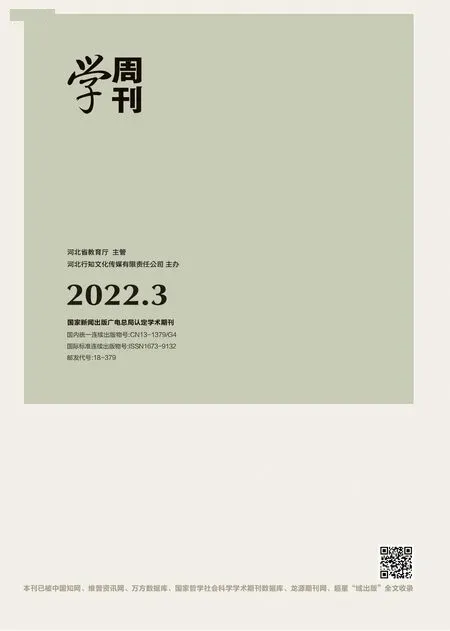Functional Equivalence Theory and Its Limitations in Translation
李志远(东北电力大学外国语学院132012)
Functional Equivalence Theory and Its Limitations in Translation
李志远(东北电力大学外国语学院132012)
Exploring the features and translation ofmovie titles within the framework of Nida’s functional equivalence theory,this paper mainly aims to discuss the limitations ofthis theory and in the end proposessome methods in producing good translationsofmovie titles.
functional equivalence theory;movie titles;translation
I.Introduction
As the exchange among countries going further,a movie is playing an increasingly important role in promoting a country’s culture and communication.Different from other forms of art,a movie mainly spreads information and attracts spectators through media.Consequently,the title becomes a core in the movie.These years,both the quantity and quality ofChina’s imported foreign movies,especially English movies,are largely enhanced.Therefore,movie translation is becoming more emphasized.In the process ofthe movie title translation,Nida’s functionalequivalence theory can be employed in the area.
II.An Overview of Nida’s Theory of FunctionalEquivalence
The distinguished American translation theorist,Eugene A.Nida is an advocate offunctional translation.His major contribution to the translation studies is that he studies translation from the perspective oflinguistics and communication,and proposes the famous“functional equivalence”theory.In his book Language and Culture:Context in Translation,he defines the term“functionalequivalence”as“the original receptorsunderstood and appreciated the textand the way in which receptors of the translated text understand and appreciate the translated text.”From this definition,we can form a clear picture of the nature of translation which is to use the translated text to make the receptor understand and appreciate the original author’s meanings. Thatis to say,according to Nida,“receptors’responses”occupy the mostsignificantpartin judging the quality ofthe translated texts.
III.The Limitations of FunctionalEquivalence Theory in Movie Title Translation
Though Nida’s theory provides us a useful framework for the translation of movie titles,it stillhasitsown limitations.
First ofall,itfails to explain some importantaspects even within the theory itself.For instance,the movie The Day After Tomorrow has been translated as《后天》.From the translation we can see that,judged from the above principles,the translation is ofhigh quality because it is equivalent to the original one both in content and in style.However,itis nottrue in fact.The original title aims to emphasize the coming future and to express a kind of desperation of nowhere to live.In the translated title we cannot get such information.And there are also some otherexamples thatdo notfollow these two principles but can have equivalent effect between the original titles and the translated titles.For example,Finding Nemo is translated as《海底总动员》in Chinese.Both the content and style of the translated title are notequivalentto the original one but their effects are equivalent to the each other.
Secondly,ithas its limitations in the transference ofaesthetic values ofthe movie titles.As what have been discussed above,movies,as a kind of art form and a commercial product as well,should enjoy some aesthetic features.Consequently,in the translation of movie titles,translator should notgive their thoughtto the equivalence of the wording and style only but to take the aesthetic value and commercialinto full consideration.However,Nida’s theory fails on this point.Take the movie Ghost as an example.It is translated as《鬼魂》in mainland China and translated as《人鬼情未了》in Hong Kong.Make a comparison ofthe two versions,we may find that the latter seems more beautiful.Take the two translated versions of You Can’tTake Itwith You asanotherexample.One istranslated as《你无法带我走》and the otheristranslated as《浮生若梦》. Surely the second is a preferred one.The more the titles are translated with aesthetic values,the more likely thatthey are accepted by the public.
IV.Conclusion
From what we have mentioned above,we can see thatin the translation ofmovie titles we should notonly translate word by word mechanically but to translate based on a whole understanding of the movies themselves.Nida’s functional equivalence theory,which aims to make the receptors of both the original and translated text have similar feelings and understandings,can be used as the theoretical framework in the translation ofmovie titles.However,in movie title translation notonly one factorbutsome otherfactors,such as the aesthetic and commercial factors,spectatorfactor,and movie functionsshould be considered.Only in this way,can the“realequivalence”be achieved.
Nida,Eugene A.Language and Culture: Contexts in Translating.Shanghai:ShanghaiForeign Language Education Press,2004(86).
(责编 张景贤)
李志远(1985—),男,吉林省吉林市人,硕士,讲师,研究方向:应用语言学、翻译与跨文化研究。

